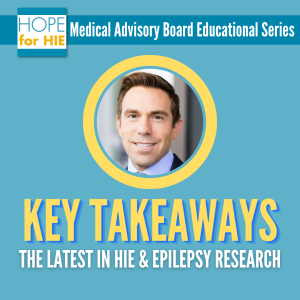
Hope for HIE was thrilled to talk to our Medical Advisory Board member, Dr. Adam Numis (pediatric neurologist and epilepsy specialist), to learn about updates regarding several Neonatal Seizure Registry (NSR) studies. These studies — some of which have concluded and others which are still in progress — will help us understand neonatal seizures, their relationship with HIE, and the factors influencing the likelihood of epilepsy development during infancy and childhood.
Missed our live Q&A? No worries. Like any good partner, we took notes and are willing to share! Read our key takeaways below.

The Neonatal Seizure Registry began with the blend of Dr. Hannah Glass’ and Dr. Renée Shellhaas — who are both Hope for HIE Medical Advisory Board Members, thank you very much — and their commitment to finding answers to important questions regarding neonatal seizures:
In the last decade, NSR has been a collaborative effort among different hospitals in the United States dedicated to investigating neonatal seizures. NSR researchers have enrolled over 800 children and their families to explore the causes and outcomes of neonatal acute symptomatic seizures, and those that turn into epilepsy.
Hope for HIE has been an organizational partner with NSR since 2019, and NSR is structured in a patient-family-centered model, where families at each site are part of a monthly panel, bringing their perspectives and centering the family perspective to work, including many of our own families!
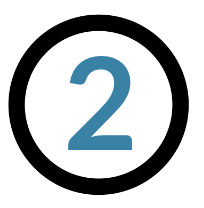
NSR has truly changed the way we approach the study of neonatal seizures and their impact on infants and families. Instead of studying specific treatments or interventions, NSR took a different approach by simply asking participating centers to maintain their standard of care and treatment for neonatal seizures. This let the researchers gather real-world data that better captured the current practices and challenges faced by medical professionals and families.
But one of the most amazing aspects of NSR’s approach is its collaboration with parents and caregivers of infants experiencing neonatal seizures. They are not just passive participants; they play an active role by providing feedback and sharing their lived experiences. This collaborative effort ensures that NSR focuses on the questions that matter most to families.
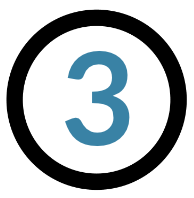
Upon starting this study, NSR already knew that acute provoked seizures are related and in response to brain injuries like HIE, but they did not know that there are a lot of inconsistencies among hospitals when it comes to the duration of treatment. Specifically, the data showed around 75% of infants continued on anti-seizure medications after discharge, but this percentage ranged from 4% to 91% across different hospitals.
This begged the question:
Is longer treatment with anti-seizure medications necessarily better treatment when it comes to the prevention of epilepsy, learning disabilities, or overall developmental delay?
Here’s what they learned:
Discontinuing anti-seizure medications for infants upon returning home did not show any noticeable effect on their neurodevelopmental outcomes. Additionally, there was no elevated risk of epilepsy development compared to a separate group of babies who continued ASMs after NICU discharge, as observed at the two-year mark.
So what does this mean?
For most babies, it is considered safe to stop giving antiseizure medications once the acute symptomatic seizures have gone away. These study results are already changing the approach to treating neonatal seizures globally!
Which newborns should stay on ASMs after the NICU? According to NSR findings, around two-thirds of newborns need extra doses of anti-seizure medications for continuous seizures. This includes babies who experience a high seizure burden (defined as a greater number or longer duration of seizures), have not received hypothermia therapy, and have an abnormal EEG background.
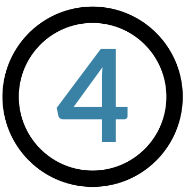
Turning evidence into practice change isn’t as easy as it may seem, even with strong data. As Adam explained, disseminating findings to national and global hospitals takes resources – both human and financial. Even then, convincing healthcare professionals of the validity, reliability, and potential of this research requires unique marketing tools and resources.
Hope for HIE families were instrumental in driving this research question, and they continue to be active in sharing the data and promoting the International League Against Epilepsy’s call for practice change.

While the ultimate goal of future clinical trials is to aid in the prevention of epilepsy, NSR has many studies — some concluded; others current and ongoing — that are aiming to build a clinical risk prediction tool. These risk factor profiles will help parents, neurologists, and epileptologists understand which babies are at the highest risk of developing epilepsy and infantile spasms after neonatal seizures and will ultimately aid parents and professionals in better understanding children’s learning profiles and potential developmental, behavioral, or cognitive challenges during school-aged years.
Let’s begin by looking at a concluded study — NSR-SPASMS — that has already offered our healthcare professionals and community members valuable information about the relationship between abnormal EEG and MRI results and the development of infantile spasms:
Timeline: 2017-2019
Mission: Develop a reliable risk prediction model for infantile spasms using neonatal clinical, EEG, and MRI data.
Findings: Survivors of neonatal seizures are at risk for infantile Spasms (IS), and there are three specific risk factors that can help in predicting this diagnosis and starting treatment sooner.
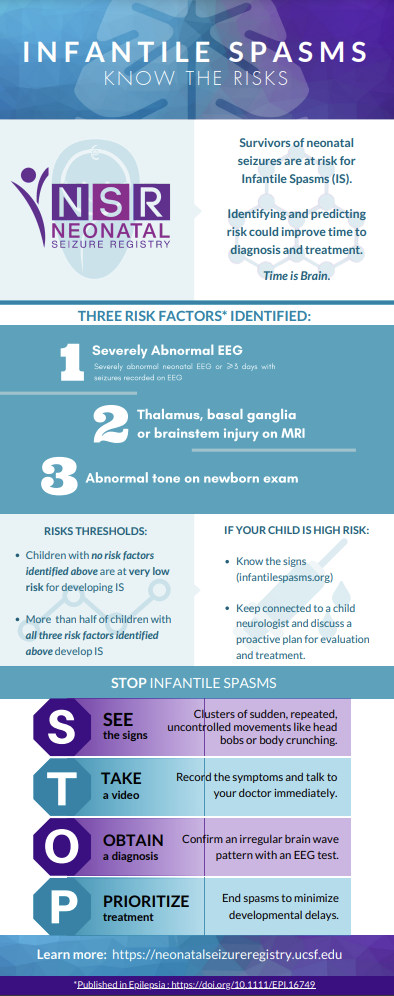
For access to this infographic and more, visit NSR’s resource page below:
There are many other studies underway, as you’ll see below, that will help healthcare professionals confidently provide parents with more accurate statistics regarding the risk of developing epilepsy after experiencing acute provoked neonatal seizures. Let’s take a look:
Timeline: Began in 2022; approximately three years away from data
Mission: To better predict which newborns experiencing neonatal seizures are at higher risk of developing epilepsy by considering clinical factors, EEG and MRI results, and genetic markers. Not only will this information build a better clinical risk prediction tool, but the insights gained may also help researchers in evaluating new medications to prevent epilepsy in high-risk children.
Timeline: 2020-2024
Mission: By focusing on children aged five and older, this study investigates long-term development and epilepsy risk beyond early childhood.
Timeline: Preliminary findings in 2022 with a grant-issued expansion in early 2024
Mission: Evaluate the relationship between inflammation (which is the body’s immune response to an injury), seizure severity, and the role it may play in the development of epilepsy. To do this, researchers compare inflammation levels in the blood of children who experience neonatal seizures with those who do not.
According to Dr. Numis, preliminary findings have yielded promising data, and with the extension of this study coming in early 2024 (which will include over 200 participants), the hope is that this information will pave the way for clinical trials that can potentially lead to new treatments to prevent epilepsy after newborn seizures.

While Dr. Adam Numis does understand that participating families in these studies may not see immediate personal benefits — especially in the way that their child is not receiving any type of medicine or intervention — their contributions are lighting the way for future families facing the uncertainties of neonatal seizures. By creating comprehensive risk profiles, these studies will offer families clearer guidance for the years following an acute provoked neonatal seizure.
Plus, he says, let’s not overlook how this information will improve collaboration in pediatric neurology by establishing consistent care practices.

Dr. Adam Numis deems the NSR website, Newborn Brain Society, and Hope for HIE — yes, our website is considered one of the best references! — as valuable resources for staying updated on ongoing studies related to HIE and epilepsy. These platforms provide a wealth of information, not only about the research itself but also about how parents can get involved in these studies and upcoming clinical trials. If you’re looking to stay informed and potentially contribute to advancements in the field, these resources are excellent places to start your journey.
Visit our Youtube channel to watch the live recording of this Q&A with Dr. Adam Numis, and download the Key Takeaway Resource below for an at-a-glance look into the latest in HIE and epilepsy research!
Connect with families, read inspiring stories, and get helpful resources delivered right to your inbox.